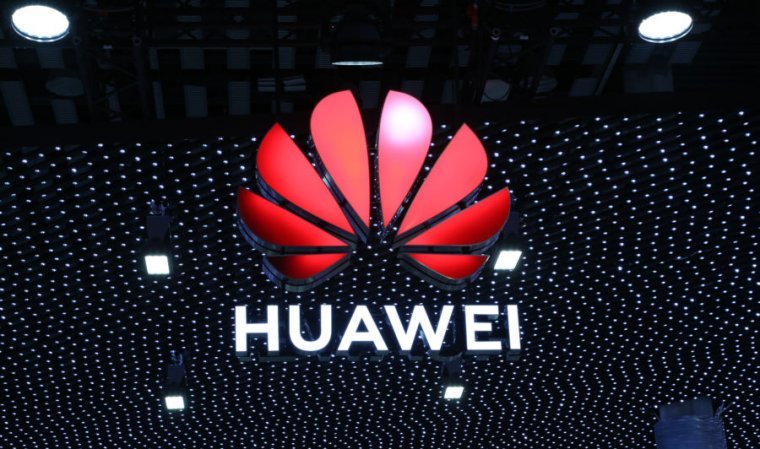

Huawei’s foldable is thinner, lighter, and has more battery than Samsung
source link: https://arstechnica.com/gadgets/2023/03/huaweis-foldable-is-thinner-lighter-and-has-more-battery-than-samsung/
Go to the source link to view the article. You can view the picture content, updated content and better typesetting reading experience. If the link is broken, please click the button below to view the snapshot at that time.

How's that chip stockpile doing? —
Huawei’s foldable is thinner, lighter, and has more battery than Samsung
Huawei can't use 5G, Gorilla Glass, or the Google apps, but it's managing.
Ron Amadeo - 3/28/2023, 9:56 PM

Huawei is still making phones, even if the US-China trade war puts most of the stalwart Android component vendors in a complicated relationship with the Chinese tech company. Huawei's new phones are the flagship Huawei P60 Pro slab phone and a flagship foldable, the Huawei Mate X3.
The trade war makes these phones unique in the world of Android. First, it has a Qualcomm chip, but Huawei isn't allowed to use the latest technology from Qualcomm, so the chip in both of these phones is the "Snapdragon 8+ Gen 1 4G Mobile Platform." Besides being last year's chip, this is a special, Huawei-only version of the chip that is branded as "4G." It has had the 5G bands stripped out of it—both mmWave and sub 6 GHz.
The other oddity is the lack of Google Play apps internationally. Huawei isn't allowed to ship the Google apps due to the export ban. While that's normal in China (where Google Play isn't available), internationally it means the phone is missing standard Google apps like YouTube, Gmail, Google Maps, the Google Assistant, Docs, Search, Photos, and other apps that make Android a competitive consumer OS. Instead of the Google ecosystem, you'll be getting the OS with Huawei Mobile Services, which includes the Huawei AppGallery, Huawei Petal Maps, the Huawei Assistant (which appears just to be a search tool and some widgets, not a voice assistant), Huawei Pay, and Huawei apps for books, music, and video.-
The Huawei P60 Pro.
-
The pearl version is fancy looking.
-
All the color options.
-
The screen is curved.
-
The always-on display
-
The side.
The OS is branded "EMUI 13.1" which presumably means it's based on Android 13. Interestingly, Huawei still isn't branding the OS with its supposedly homegrown OS called "HarmonyOS." In China, the spec sheets list the phones with Harmony OS 3.1, but internationally they get EMUI 13.1, which is the name for Huawei's Android skin. The company insists Harmony OS for phones is an Android rival and isn't a copy and paste of the Android source code. But when we looked at the phone version of Harmony OS 2.0 in 2021, we found renamed Android code with no significant additions or changes beyond a typical Android skin. Huawei once claimed its Android rival would get an international release in 2022, but it still hasn't happened.
AdvertisementThe Chinese and English versions of the phone promo sites use the same exact pictures and apps, despite supposedly having different operating systems. Some of the English pictures, which should only show EMUI for the English markets, are labeled "HarmonyOS." Certainly, the two OSes could share a design and have similarly branded apps, but if there were any real differences between EMUI (Android) and Harmony OS (supposedly not Android), it would be the easiest, most obvious thing in the world to explain. However, Huawei just can't seem to provide any real evidence—curious! It's almost like Android and Harmony OS are the same OS with two different names.
Other than the trade war stuff, the P60 Pro is a mostly normal slab smartphone with a 6.67-inch 120 Hz, 2700×1220 OLED display, 8GB of RAM, 256GB of storage, and a 4815 mAh battery. The phone has IP68 dust and water resistance, a USB-C port, Wi-Fi 6 support, 88 W wired charging, and 50 W wireless charging.The most striking part of the design is the super-big camera opening on the back. This is only described as a 48 MP "Ultra Lighting camera." It's unclear if the super-big camera opening is there for any kind of functionality or if it's just there to trick you into thinking the camera is big and impressive. If the company had used a huge 1-inch sensor like other phone manufacturers, I suspect Huawei would have said something about it. The big camera does look good though. It has a bit of a point-and-shoot camera design, which I'm always a fan of. Flanking the big camera is a 13 MP wide-angle lens and a 48 MP telephoto camera with an unlisted zoom rating.
Page:
Recommend
About Joyk
Aggregate valuable and interesting links.
Joyk means Joy of geeK